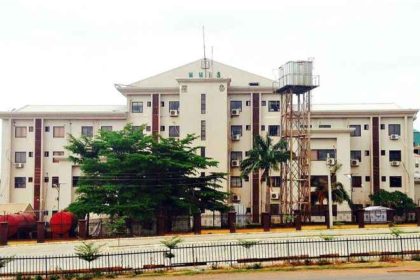
South African President, Cyril Ramaphosa has revealed a new Cabinet, marking the country’s first multi-party coalition government. This development comes in the wake of the African National Congress (ANC) losing its three-decade-long political dominance in the recent national election. As a result, President Ramaphosa has been tasked with forming a coalition government, involving not only the ANC but also nine other political parties. The unveiling of the new cabinet on Sunday evening followed weeks of negotiation and deliberation among the involved parties.
The ANC, which saw its share of the vote drop to 40% in the May 29 election, found itself in uncharted territory as it conceded its parliamentary majority for the first time since the end of apartheid in 1994.
To form a coalition government, the ANC engaged in intricate negotiations with multiple parties, resulting in the formation of a Cabinet that reflects the diverse political landscape of South Africa.
Ramaphosa addressed the significance of the newly formed multi-party Cabinet, emphasizing the spirit of dialogue and cooperation that underpinned the negotiations. His announcement showcased a distribution of ministerial roles that reflected the collaborative nature of the government, with the ANC retaining the largest share of positions while also accommodating members from other parties. Notably, the Democratic Alliance (DA), a former opposition party and staunch critic of the ANC, secured six ministerial positions, making it a vital partner in the coalition.
In a government of national unity, which is open to all 18 parties represented in Parliament, President Ramaphosa emphasized the crucial role of dialogue in resolving complex challenges, signifying a departure from traditional political frameworks in South Africa. While some parties declined participation, the inclusive nature of the multi-party Cabinet demonstrated a commitment to fostering broad-based representation and inclusivity in decision-making processes.
The composition of the new Cabinet includes pivotal appointments that reflect a spirit of collaboration and inclusivity. Deputy President Paul Mashatile, representing the ANC, retained his position, reinforcing a sense of continuity within the leadership.
The appointment of Parks Tau of the ANC as the Minister of Trade and Industry demonstrated an openness to accommodating diverse perspectives, particularly in areas that had previously been sources of tension between political parties. Notably, the appointment of DA leader Steenhuisen as the Minister of Agriculture signaled a significant role for the former opposition party in shaping key policy areas.
In a bid that shows the commitment to broader political representation, President Ramaphosa appointed leaders from four other political parties as ministers, further solidifying the multi-party nature of the Cabinet. His deliberate efforts to ensure meaningful participation across all parties spoke to the spirit of cooperation and compromise that defined the negotiation process.



